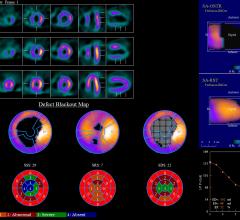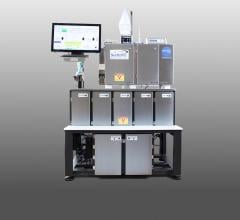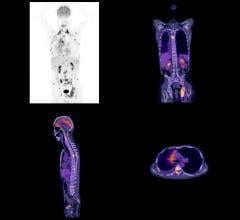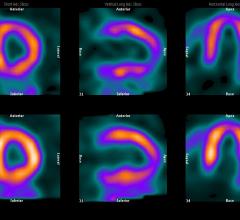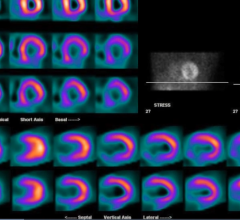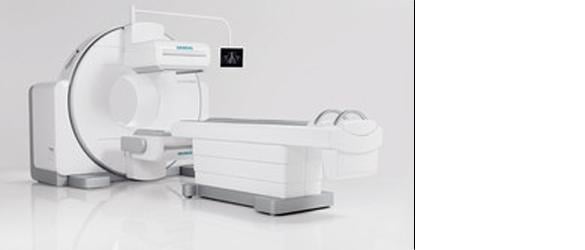
August 24, 2011 -- Radiopharmaceuticals are pharmaceutical agents used to diagnose certain medical problems, such as cardiac, cancer or neurology, and/or treat certain conditions such as cancers. The use of radiopharmaceuticals as tracer dates back to 1930s.
Over the years, technical advancement in production, diagnostic equipments (single photon emission computed tomography, or SPECT, and positron emission tomography, or PET), and discovery of new radiopharmaceutical have driven the market. The global radiopharmaceuticals market for therapy and PET and SPECT imaging was valued at $3.213 million in 2010 and is expected to reach $4.734 million by 2015; growing at a compound annual growth rate (CAGR) of 8.1 percent from 2010 to 2015. The PET and SPECT diagnosis accounted for the largest share –– 90 percent –– of the global radiopharmaceutical market.
Diagnostic applications of radiopharmaceuticals dominate about 90 percent of the market share. The market is growing due to the increasing incidences of cancer and cardiac diseases and requisition of better imaging techniques for diseases such as Alzheimer's. Targeted alpha therapy is one of the most promising treatments for cancer, which is being researched by cancer institutes.
Driven by the increasing incidence of cardiac and cancer diseases, early and accurate diagnosis, increasing awareness amongst the masses and expanding application segment, the global radiopharmaceutical market reached about $3.2 billion in 2010. Radiopharmaceuticals are used for the diagnosis and treatment of various ailments such as cancer, cardiac, renal and respiratory diseases, among others. PET machines enable radiologists in early detection of cancer and cardiac and Alzheimer's disease. This would increase the demand for PET machines among the healthcare centers and providers. Similarly, SPECT scanners have been on the forefront of significant changes in the diagnostic imaging equipment landscape with opportunities in the market for neuroendocrine tumor imaging. For diagnostic applications of radiopharmaceuticals, radioisotopes such as FDG for PET and technetium for SPECT are most commonly used.
PET and SPECT scans provide dynamic images of the body's interior, rather than just the bones, like X-ray and magnetic resonance imaging (MRI). A PET scan lets the doctor identify glucose metabolism in different parts of the body in a patient. Cancer cells grow at a faster rate than the other cells. The machine detects the speed of glucose being used and indicates the presence of cancerous tumors. The cancerous cell breaks down glucose at a higher rate than the other cells and this increased activity can be seen in a scan. Thus, the use of PET and SPECT scans facilitates early and accurate diagnosis of diseases such as cancer. Increased usage of PET and SPECT scans in turn increases the demand for radiopharmaceuticals.
FDG is the major radiopharmaceutical used in PET (approximately 90 percent). PET procedures are preferred over SPECT, as PET is more accurate, sensitive and endowed, with better spatial arrangement of the image. Besides, the main radiopharmaceutical used in SPECT, technetium (99m), has a limited supply, forcing people to look for alternatives. FDG can be produced at desired levels to meet all the imaging requirements. This situation is boosting the FDG market.
Most of the radiopharmaceuticals are used in hospitals, accounting for 92 percent. The majority of the radiopharmaceuticals are administered intravenously. The market for radiopharmaceuticals is restricted by their high cost and difficulties faced while transporting them.
For more information: http://www.reportlinker.com/p0595075/Global-Nuclear-Medicine-Medical-Isotopes-Radioisotopes-Radiopharmaceuticals-Market-in-PET-SPECT-Imaging-and-Therapy-Competitive-Landscape-Current-trends-and-Forecasts-.html


 April 13, 2023
April 13, 2023 


